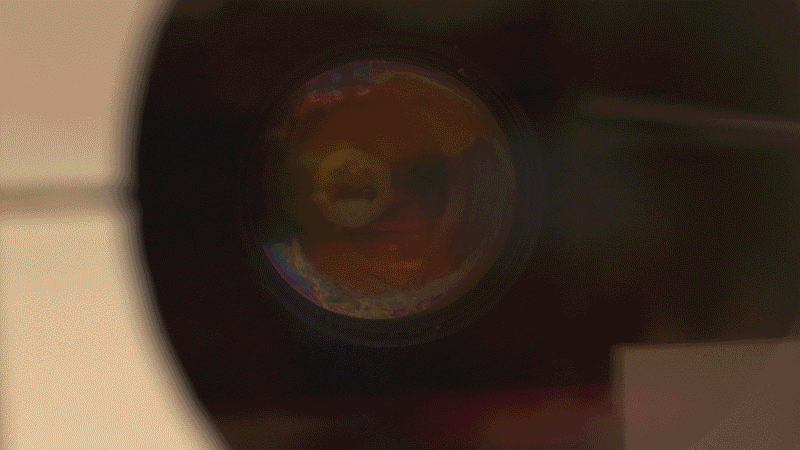February 3, 2019 – According to Joseph DeSimone, a chemist at the University of North Carolina – Chapel Hill, a new 3D printer developed by U.Cal-Berkeley researchers is being nicknamed the replicator, a reference to a device often used in Star Trek episodes. The Star Trek one is a matter assembler capable of producing Captain Picard’s famous Earl Grey tea hot including both cup and saucer. We never get to look under the hood but clearly the Star Trek replicator builds objects instantaneously by assembling atoms based on a pattern contained with a computer program.
The U.Ca.-Berkeley replicator resembles Picard’s in some respect because, rather than the way current 3D printers work, laying down one layer at a time in what is a slow build process, this new device projects and constructs objects in a single pass.
The replicator takes views of an object from various angles and then projects them into a cylinder containing a photosensitive synthetic resin. The resin absorbs the projected photons from the created image and undergoes polymerization turning the liquid into a solid. The remaining resin then is drained away for reuse leaving the completed object.
Unlike current 3D printing, the replicator’s finished product is smooth surfaced. You don’t get any of the layerings that accompany normal additive manufacturing processes. That means you can produce finished products for custom manufacturing in as little as two minutes.

The replicator borrows some of its capability from the medical imaging device known as a computed tomography (CT) scanner but it works in reverse. Where the CT scanner takes hundreds of images to construct a rendering of internal structures within the body by using projected electromagnetic radiation, the replicator creates a solid rendering created from absorbing photons within a rotating cylinder as seen in the image above.
Why doesn’t all the resin turn into plastic? Because the projection of light is in different intensities. The resin, an acrylate, a liquid polymer that contains photosensitive molecules and oxygen, responds to certain wavelengths of light as they pass through it activating the molecules and depleting the oxygen. The non-reactive resin drains away once the object forms.
Hayden Taylor, an Assistant Professor in Mechanical Engineering at UCal – Berkeley notes that the replicator can print onto an existing object. So if you wanted to add a handle to a screwdriver, you can replicate it and have it bond with the metal shaft. He describes this invention a manufacturing process with add on customizable geometry. The technology generates little to no material waste. And in case you don’t recognize the object created here, it is a rendering of Auguste Rodin’s sculpture, “The Thinker.”
Our sculpture isn’t Early Grey hot with teacup and saucer. But it is a step in that direction. One can imagine developing other photosensitive materials that will allow the creation of multi-materials objects. That will be getting us half-way there to Star Trek.









